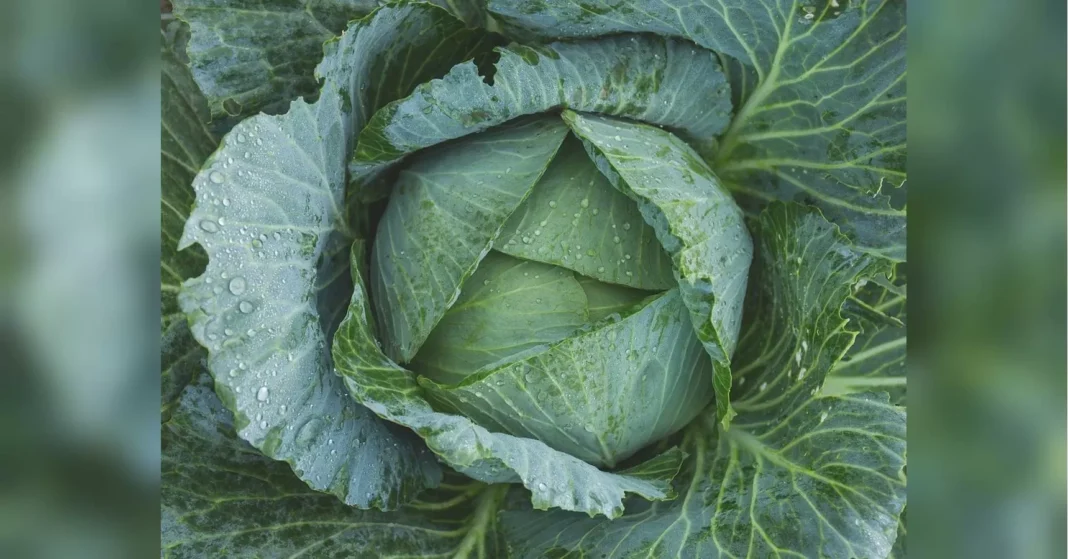Harvesting Late Varieties of Cabbage Usually Takes Place Before the End of October
Cabbage is a popular and versatile vegetable that is enjoyed by people all over the world. It is a member of the cruciferous family, which also includes broccoli, cauliflower, and Brussels sprouts. Cabbage is known for its high nutritional value and is a great source of vitamins, minerals, and fiber. It is also a hardy crop that can be grown in a variety of climates, making it a staple in many gardens and farms.
One of the great things about cabbage is that it comes in many different varieties, each with its own unique characteristics and growing season. While some varieties of cabbage are ready to be harvested in the early summer, others, known as late varieties, are not ready until the fall. These late varieties are typically harvested from September to October, with the harvest season ending before the end of October.
Late varieties of cabbage are often preferred by farmers and gardeners because they have a longer growing season, allowing them to produce larger and more flavorful heads of cabbage. These varieties also tend to have a higher resistance to pests and diseases, making them easier to grow and maintain. Additionally, late varieties of cabbage are known for their ability to withstand colder temperatures, making them a great choice for fall and winter harvests.
When it comes to harvesting late varieties of cabbage, timing is crucial. It is important to wait until the heads of cabbage are fully matured before picking them. This is typically indicated by a firm and compact head with crisp leaves. If the heads are still loose and the leaves are not fully developed, it is best to wait a little longer before harvesting. This will ensure that the cabbage is at its peak flavor and texture.
Harvesting late varieties of cabbage is a relatively simple process. The first step is to cut the head of cabbage from the stem, leaving a few inches of stem attached. This will help the cabbage to stay fresh longer. Next, remove any damaged or wilted outer leaves and rinse the head of cabbage under cold water. Once the cabbage is clean, it can be stored in a cool, dry place for up to a week.
There are many delicious ways to enjoy late varieties of cabbage. It can be used in a variety of dishes, including soups, stews, stir-fries, and salads. It can also be fermented to make sauerkraut or kimchi, which are both popular and healthy condiments. Cabbage is also a great addition to any fall or winter holiday meal, adding a touch of color and flavor to the table.
In addition to its culinary uses, cabbage also has many health benefits. It is low in calories and high in nutrients, making it a great choice for those looking to maintain a healthy diet. It is also rich in antioxidants, which can help protect the body from disease and promote overall well-being. Cabbage is also known for its anti-inflammatory properties, making it a great choice for those with inflammatory conditions such as arthritis.
In conclusion, late varieties of cabbage are a valuable and delicious addition to any garden or farm. Their longer growing season, resistance to pests and diseases, and ability to withstand colder temperatures make them a popular choice among farmers and gardeners. Harvesting these varieties before the end of October ensures that they are at their peak flavor and texture. So, whether you are a farmer, gardener, or simply a lover of cabbage, be sure to try out some late varieties this fall and enjoy their many benefits.

